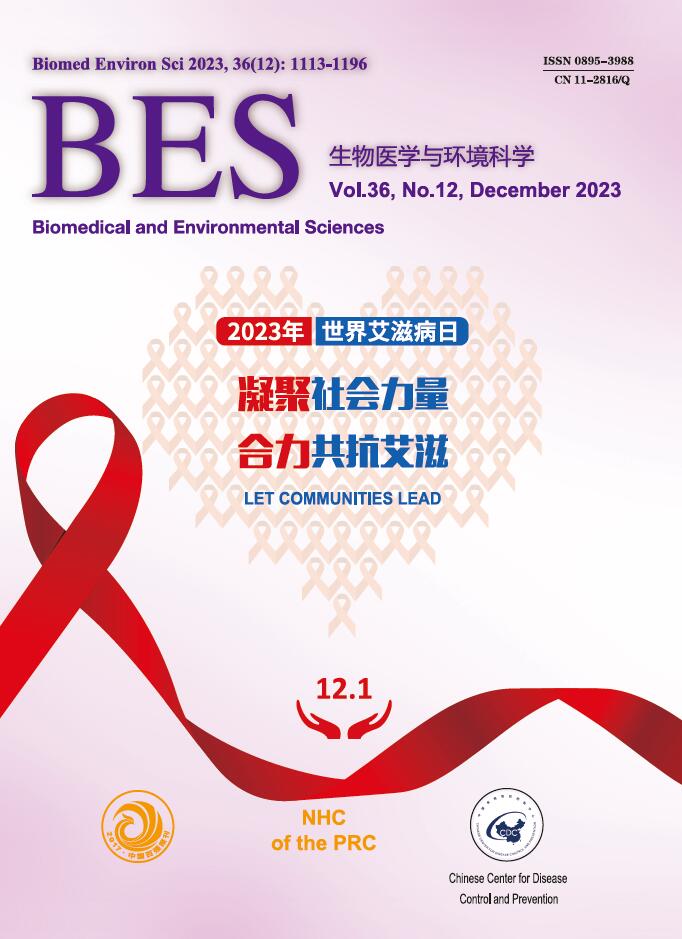-
November 1, 2023 marks the 6th “World Flu Day”. The theme is “Preventing Influenza, Protecting Health” in this year. According to data from the World Health Organization, influenza infects approximately 5%–10% of adults and 20%–30% of children worldwide each year, resulting in up to 5 million severe cases and 650,000 deaths. A recent study showed that about 88,000 people in China died from respiratory diseases caused by influenza each year, accounting for 8.2% of total respiratory disease deaths, making influenza a serious threat to public health.
The Chinese Center for Disease Control and Prevention stated in the “Technical Guidelines for Seasonal Influenza Vaccination in China (2023–2024)” previously released that China may face the risk of interaction or co-prevalence of influenza and other multiple respiratory infectious diseases this winter and next spring.
Influenza, also known as “the flu”, is an acute respiratory infectious disease caused by the influenza virus. The influenza viruses can be divided into four types: A, B, C, and D, with type A and type B viruses mainly causing seasonal influenza. The influenza virus is mainly transmitted through respiratory droplets produced by infected individuals through sneezing and coughing and can also be infected through direct or indirect contact with mucous membranes, such as the mouth, nasal cavity, and eyes. Transmission may also occur in the form of aerosols in specific places, such as crowded and confined or poorly ventilated rooms. The general population is susceptible to the influenza virus, and influenza patients and asymptomatic carriers are the main sources of influenza infection.
The antigenicity of the influenza virus is variable, and it spreads rapidly, causing seasonal epidemics every year. Influenza outbreaks are prone to occur in places with large gatherings of people, such as schools, kindergartens, and nursing homes. Influenza onset is sudden and mostly self-limiting, with symptoms including fever, headache, muscle aches, nasal congestion, runny nose, cough, sore throat, and general discomfort. However, in high-risk groups such as pregnant women, infants, the elderly, and patients with chronic diseases, the illness can progress into severe cases with complications such as pneumonia or exacerbation of underlying diseases, and in severe cases can lead to death.
Influenza is preventable. Vaccination against influenza is the most economical and effective measure to prevent influenza, significantly reducing the risk of infection and severe complications in vaccinated individuals. Additionally, maintaining good hygiene habits and adopting a healthy lifestyle can also prevent influenza. For example, frequent handwashing, practicing good manners, covering mouth and nose with tissues or towels when coughing or sneezing, avoiding touching the eyes, nose, or mouth, maintaining regular sleep patterns, balanced nutrition, adequate rest, moderate exercise, and boosting one’s own immune system, as well as opening windows for ventilation and improving air circulation. During the influenza season, high-risk individuals should try to avoid crowded and enclosed places, and it is recommended to wear masks when going to such places. When experiencing flu-like symptoms, one should stay at home, observe their health, avoid going to work or school while sick, wear masks when going out or coming into contact with others to reduce disease transmission, and seek medical attention promptly if the condition worsens.
World Flu Day: Protecting Health, Keeping away from Flu Troubles
doi: 10.3967/bes2023.158
| Citation: | CUI Yun Shang. World Flu Day: Protecting Health, Keeping away from Flu Troubles[J]. Biomedical and Environmental Sciences, 2023, 36(12): 1196-1196. doi: 10.3967/bes2023.158 |







 Quick Links
Quick Links
 DownLoad:
DownLoad: